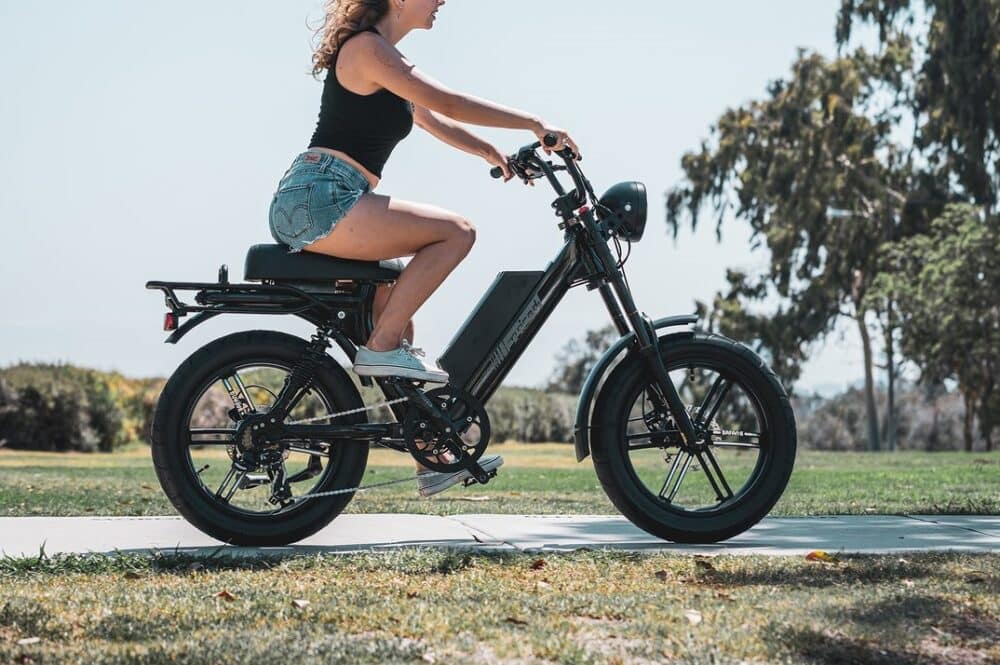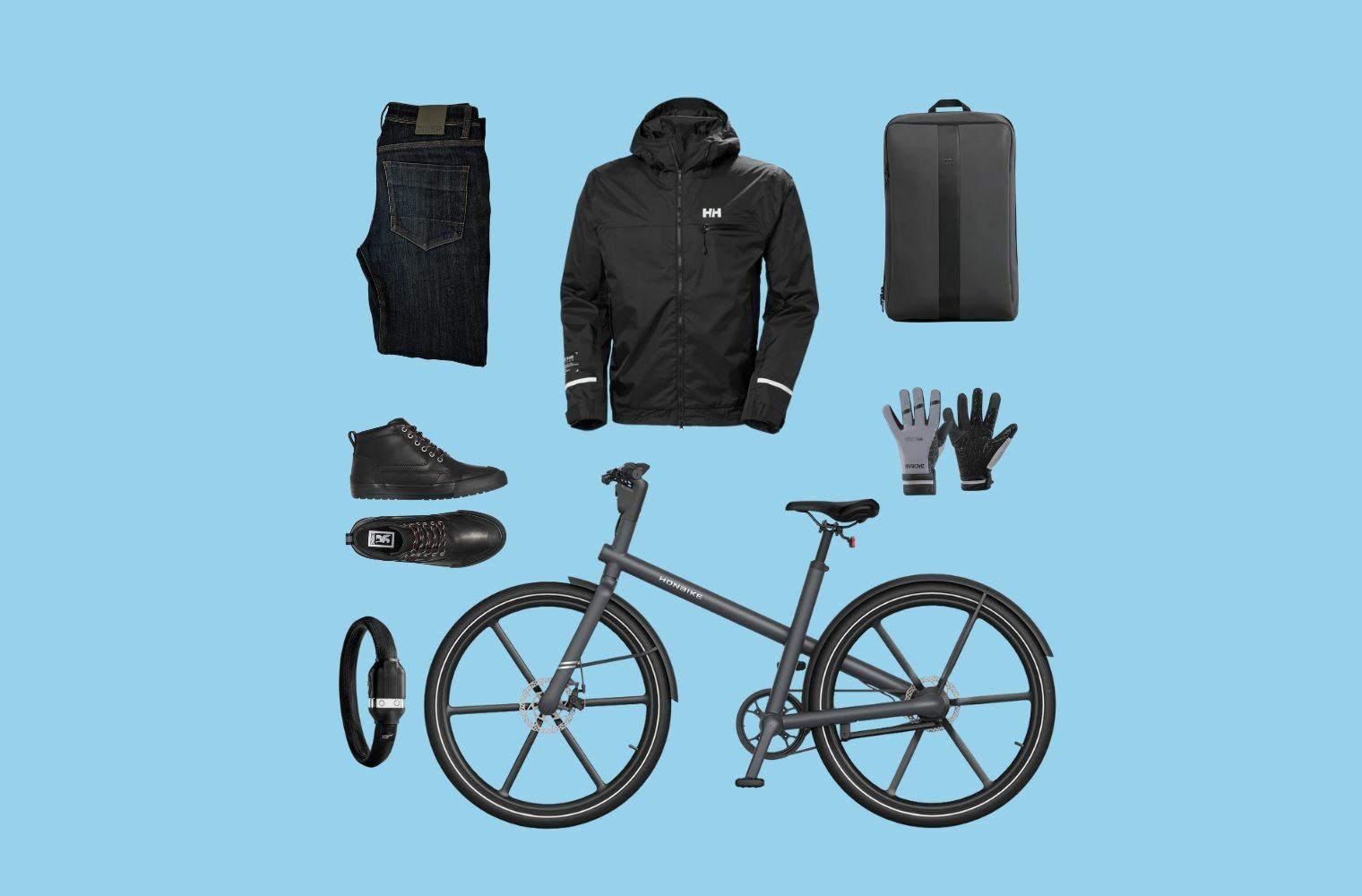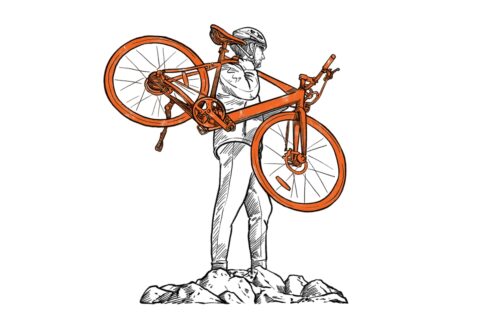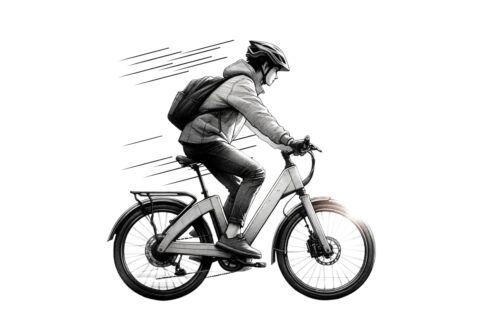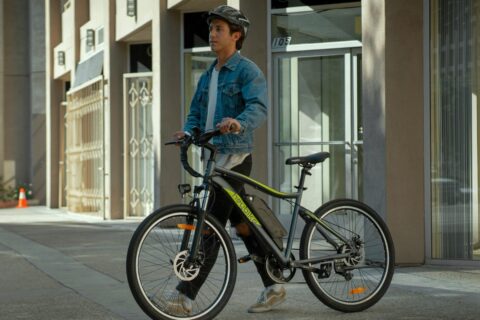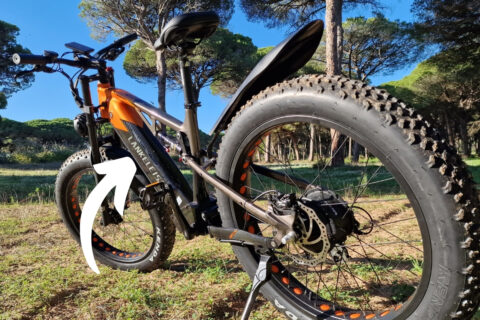This post may contain affiliate links, which help to keep Discerning Cyclist rolling. Learn more.
If you’re looking for an eco-friendly way to improve your daily commute, you might be considering switching to a bicycle. However, if you’re not in the best shape or there are a lot of hills between you and the office, you probably don’t want to show up for your shift sweaty and gasping for breath.
That’s where electric bikes come in. Electric bikes, or “e-bikes,” are becoming one of the most popular battery-powered transportation tools in the world. E-bike sales jumped by a massive 91% between 2016 and 2017, and that number is continuing to grow as more eco-conscious commuters make the switch.
If you’re considering purchasing an e-bike, what do you need to know to pick the right one for you?
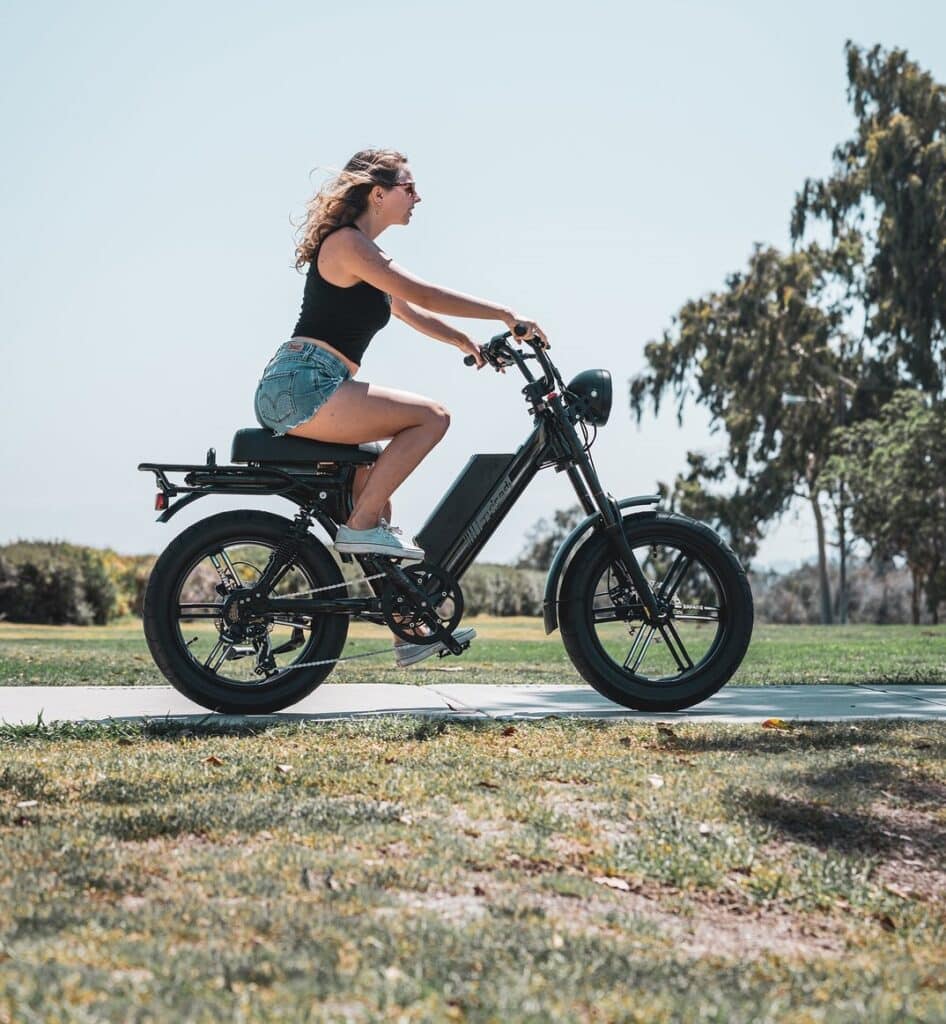
What’s the Difference Between an E-Bike and a Normal Bike?
First, what defines an electric bike and makes it different from a traditional bicycle or even an electric scooter?
Traditional bicycles rely entirely on human power. If you’re not pedaling, you’re not moving forward. If you have a hill in your path, you have to pedal harder or get off the bike and walk up the hill. Electric scooters, on the other hand, don’t have pedals and do all the work for you.
E-bikes are the perfect middle ground between the two. You can pedal your e-bike to save power or when you’re moving over flat terrain. But if you need some extra help when you’re heading up a hill or want to maintain your current speed without exhausting yourself, you can activate the electric motor and let it help you out.
Electric bikes are designed to augment your own power rather than replace it so you can still get a workout on your morning commute without exhausting yourself trying to climb a hill. It will never move you faster than the speed you’ve reached while pedaling. But as long as the battery has a charge, it can maintain the speech you’ve attained.
Buying an e-bike used to be easy. You had half a dozen companies to choose from and a handful of different criteria that you could use to customize your ride. Today, there are dozens of companies and more e-bike options than you can shake a stick at. Here are a few tips and tricks to help make your decision a little bit simpler.
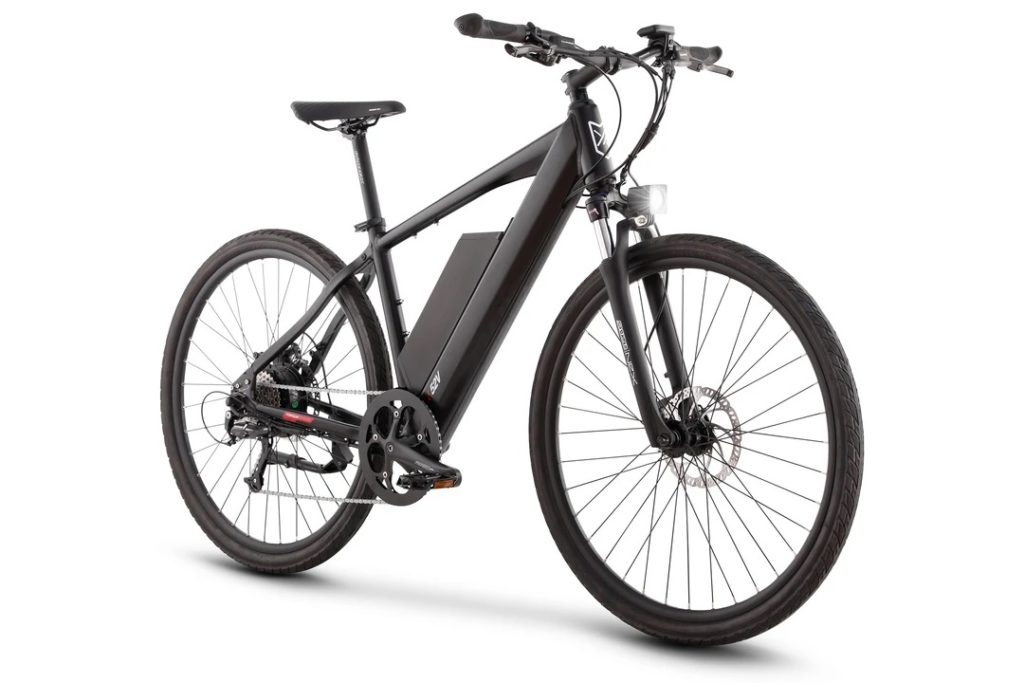
Types of Electric Bikes
There are six main types of e-bikes for you to choose from if you exclude specialty and customized models. Each type has its own pros and cons, so it’s important that you purchase the right type of e-bike for you. These include:
- Electric Mountain Bikes: E-bikes designed for off-road applications. They’ll have better suspension and tires designed to help you grip the trail and stay upright no matter what you’re riding over.
- Electric Cruiser Bikes: These e-bikes are designed for comfort. They feature big wheels, good suspension and comfortable seats for people who enjoy riding their bikes as a relaxing afternoon hobby.
- Electric Road or Commuter Bikes: E-bikes designed to help you through your daily commute. They’re often the lightest e-bike option, so if you’re going to have to haul your electric bike up stairs or into your office, a road or commuter bike is your best option.
- Electric Cargo Bikes: While they aren’t the sexiest option, if you need to use your e-bike to get groceries, a cargo bike is going to be your best bet. They’re reinforced to haul extra weight and may even have cargo buckets or pods that you can load up.
- Electric Folding Bikes: <//strong>If you don’t have a lot of room to store an e-bike, these folding models take up half the space while offering all of the benefits of a regular electric bike.
- Electric Fat Bikes: Fat e-bikes have the biggest tires and are designed to be driven over pretty much any surface. They’re just as effective on the sidewalk or road as they are driving through the center of the park or down a wooded trail.
The type of bike you choose will depend largely on what you’re planning to use the e-bike for. If you’re just moving to and from work, a road or commuter bike might be your best option. If you’re trying to replace your car completely, a cargo bike might be the better choice.
FREE TOOL: Find Your Perfect Bike (in under 10 Seconds)
What Are the Electric Bike Classes?
E-bikes are further broken down into three classes which determine how you can use the bike and how local biking and traffic laws apply to the device.
Class 1 bikes only assist while you’re pedaling. Plus, as soon as you reach 20 miles per hour, the motor stops assisting you. Class 2 bikes have a throttle that you can use for a speed boost, and class 3 e-bikes have speedometers and motors that only assist until you reach 28 miles per hour. If you’re looking for an e-bike that you can pedal, it’s going to be class 1 or 3.
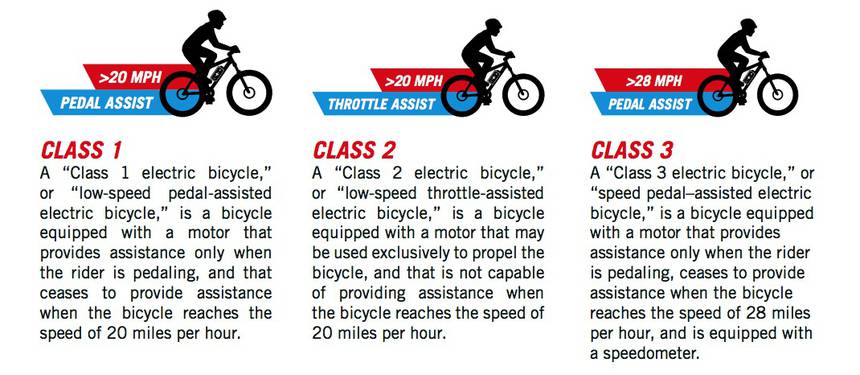
If you’re planning to use your e-bike for a commute, the class you choose will determine how quickly you get to your destination every day.
READ: 26 Common Questions About Electric Bikes Answered
Batteries and Distance
The other big variable that you’ll want to consider when you’re choosing an e-bike is the battery. You’ll need a battery that can get you to your destination on a single charge. While you can still pedal an e-bike even if the battery is dead, both it and the motor become dead weight and can make it more difficult to move you up a hill.
Your average battery life will depend on a lot of things, from your average speed and total payload to the tire pressure, outside temperature, how much you pedal and how old the battery is. When you choose an e-bike, use the battery range-per-charge as a guideline. It might say that you can travel 50 miles on a single charge, but if you’re not pedaling as much or you’re driving on a lot of hills, that estimate might be higher or lower.
When you’re considering an e-bike, make sure you choose one that you can charge at home. Most of them only require a standard outlet to charge but be sure of that detail before you make your final purchase.
READ: The Best Hybrid Electric Bikes for under £1000
Choosing the Right One for You
E-bikes are a great way to reduce your carbon footprint while still getting where you need to go. There are quite a few options available as the e-bike market continues to expand, so make sure you’re asking the right questions before you bring your first electric bike home.
